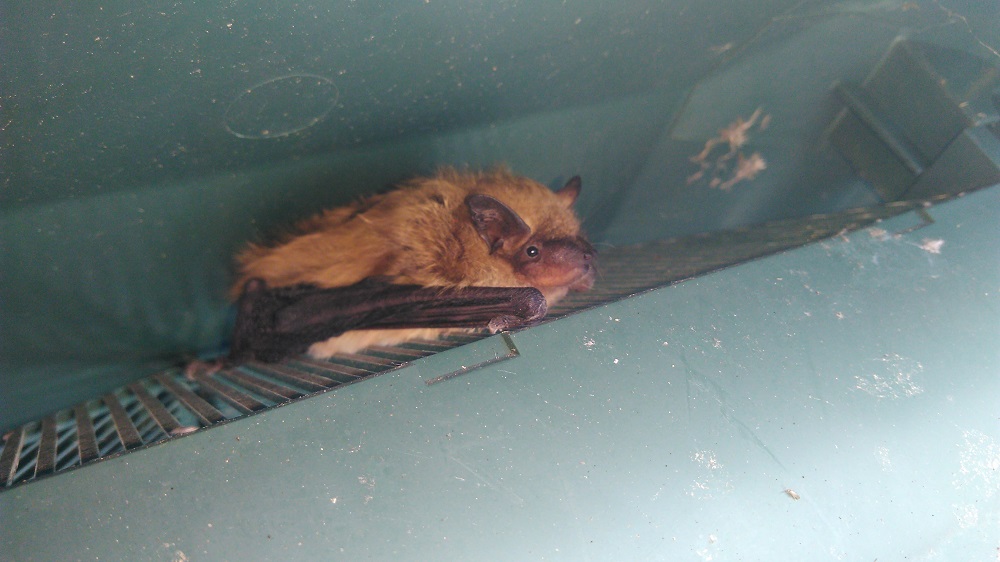How Fall Signals a Change in bat Behavior
Bat behavior in the fall may, in fact, lead to intrusion in your Milwaukee home. This is because while most bat species head for caves and abandoned mines and buildings for hibernation, some bat species, the big brown bat to be more specific, move to their hibernating areas as fall approaches. This affects homeowners because the big brown bat likes to hibernate in buildings. Bats have a tendency to return to the locations they used for nursing so if that location was your home, you can expect them to attempt to return at hibernation time. Other bats may just be approaching your home because of the convenience and safety it offers.Bat Fall Activity - The Breakdown
In September at the very beginning of fall, bats sense the change in climate and start to prepare for their annual winter hibernation. At this time adult bats as well as the babies born a few months ago during the birthing season, fly around and feeding voraciously in order to build up fat stores for the winter. By the time October rolls around, the bat activity in your area will lessen as they gradually slip into hibernation for the winter and depending on how cold the climate is, bat activity may stop altogether as they drift into hibernation. Another reason for them to get less active is the decline in insect population. As insects migrate to find warmer climate, there is less food available and so the feeding frenzy is forced to slow down and eventually stop. But you may still spot the occasional bat flying around up to November, especially if the weather warms up enough. When bats choose human homes for hibernation, they typically head for the attic and they have a good reason for this. Attics provide the ideal temperature (35-40F) for comfortable hibernation. At this temperature, bats can reduce their metabolic processes without freezing. On top of it all, attics provide good protection from predators.What to do About Bats in the Fall
 The best way to have a bat free fall and therefore a bat free winter is to prevent bat intrusion in the first place. This means hiring an expert bat removal company like Skedaddle to exclude or remove bats from your Milwaukee home. Your Skedaddle technician will conduct a thorough inspection to ensure that there are no bats inside your home before installing bat exclusion devices like caps that cover vents and chimneys. If bats have already made their way inside, Skedaddle will use humane removal strategies to get them out of your home without harming them or compromising the safety of your home. One strategy they may use is the one-way door which will allow bats to leave the building but will prevent them from returning. Conscientious and humane wildlife technicians will always advise against bat removal during the winter as this may hurt their chances of survival. This is why when it comes to bat prevention and removal, fall (or the weeks leading up to fall) is the ideal time.
The best way to have a bat free fall and therefore a bat free winter is to prevent bat intrusion in the first place. This means hiring an expert bat removal company like Skedaddle to exclude or remove bats from your Milwaukee home. Your Skedaddle technician will conduct a thorough inspection to ensure that there are no bats inside your home before installing bat exclusion devices like caps that cover vents and chimneys. If bats have already made their way inside, Skedaddle will use humane removal strategies to get them out of your home without harming them or compromising the safety of your home. One strategy they may use is the one-way door which will allow bats to leave the building but will prevent them from returning. Conscientious and humane wildlife technicians will always advise against bat removal during the winter as this may hurt their chances of survival. This is why when it comes to bat prevention and removal, fall (or the weeks leading up to fall) is the ideal time. 


